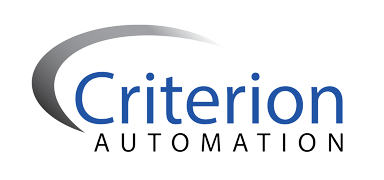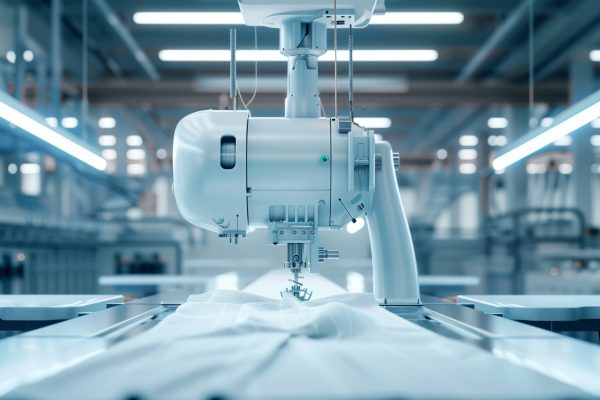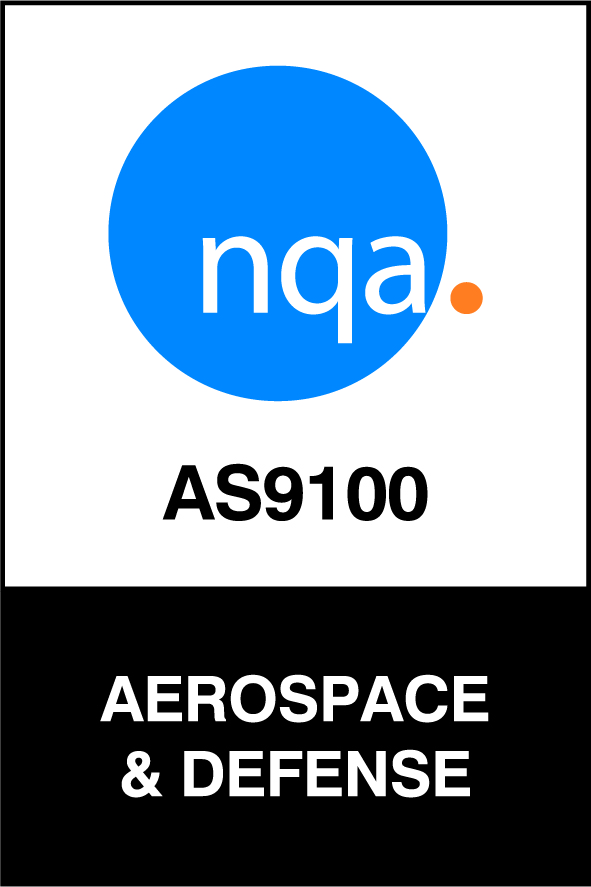The invention of the sewing machine radically changed the lives of everyone from housewives to workers, consumers, and manufacturers. Sewing machines enabled mass production of not only clothing but automotive and furniture upholstery, bedding, luggage, shoes—the list goes on and on.
Today, advanced automation technology is taking the sewing machine to new levels of capability. With automation, quality and consistency are a given, as every item is sewn the same way every time. Skilled seamstresses are not required for operation. Scaling for increased production needs and changing designs is easy to manage.
If you’re currently using skilled labor and traditional sewing machines, an automated sewing system can be a game changer.
Evaluating Automation for Your Sewing Process
At Criterion Automation, we apply our broad automation experience to design and implement custom automation solutions for a variety of applications, including sewing. As with every project we undertake, each sewing process is collaboratively evaluated with the customer to decide if automation will meet their specific requirements.
Here are the 6 questions we ask to determine if automation is right for a given sewing process:
- What shape(s) are being sewn? Is it a flat surface, which is the easiest to automate, or a 3-D shape (e.g. box cushions), which presents more of a challenge?
- How are sewing blanks created? Will they be cut on separate equipment (e.g., a Gerber or Pathfinder CNC) or laser-cut to fit an exact shape and size?
- What are the fabric and stitch requirements? Specifically, will stitch lines be visible as a cosmetic component? What are the fabric characteristics? Is there a pattern that needs to be matched?
- Should the material be moved to the sewing head, the sewing head moved to the material, or a combination of both?
- How will the material be handled? Which tooling (fixturing) will best handle the type of material(s) being used, expose the area to be cut and sewn, and provide the proper tension on the fabric for proper sewing?
- How will the operator interact with the system? What degree of operator involvement will ensure the best quality, reliability, and cost control?
An Automated Sewing Case Study
Polywood has been making outdoor furniture from recycled plastics since 1990, employing a valued staff of skilled seamstresses to produce seat cushions using traditional sewing machines. Polywood came to Criterion for help with the challenge of meeting seasonal demand increases given the lack of additional available skilled labor. After collaborating with Polywood engineers to answer the questions above and gain a thorough understanding of their needs and process, the experts at Criterion designed a solution that enables the manufacturer to easily scale production needs, change designs, and increase product quality.
Here’s how Polywood’s automated sewing system works:
- The easy-to-use HMI allows the operator to select shape, size, stitch, pattern, and other parameters to quickly define new cushion designs.
- Flat blanks are cut on a Pathfinder CNC machine. An integrated laser can be used for pre-trimming to keep cushion seams smooth, ensure precise margins and cauterize the fabric if needed.
- A projector-directed pattern guides the operator in setting up the tags and ties on the incoming fabric blanks, and a Denso SCARA robot automatically guides them across a smooth surface, unloading the fabric through an exit chute.
- A custom end-of-arm tool made of carbon fiber spring material holds and stretches the fabric in place, applying vertical pressure so the material is spread equally in all directions.
- The stationary Juki bobbin-free chain stitch sewing head is used to reduce the downtime required for bobbin changes from hourly to weekly.
The automated sewing system exceeded the expectations of Polywood senior process engineer Brian Williams. “On a scale of 1-10, Criterion is a 10 overall,” says Williams. ”I have been designing automated machinery and tooling for 40+ years, and Criterion’s engineers are the best I have worked with.” See Polywood’s automated sewing in action!
How Can a Criterion Automated Sewing System Benefit You?
Automated sewing systems from Criterion can provide a number of benefits including:
- Reduced unskilled labor requirements
- Reduced labor costs and the opportunity to redeploy staff to other work
- Increased quality, as automated systems provide precise and consistent work
- Improved sustainability through the reduction of scrap and waste
- Increased customization options using a wide range of stitch patterns and custom stitches
- Greater control over quality, deadlines, customization, and more
Is automated sewing in your future? The answer will depend on your application’s unique requirements. The automation pros at Criterion have the expertise to evaluate whether automation might be a good fit for you. Contact us today for more information.






